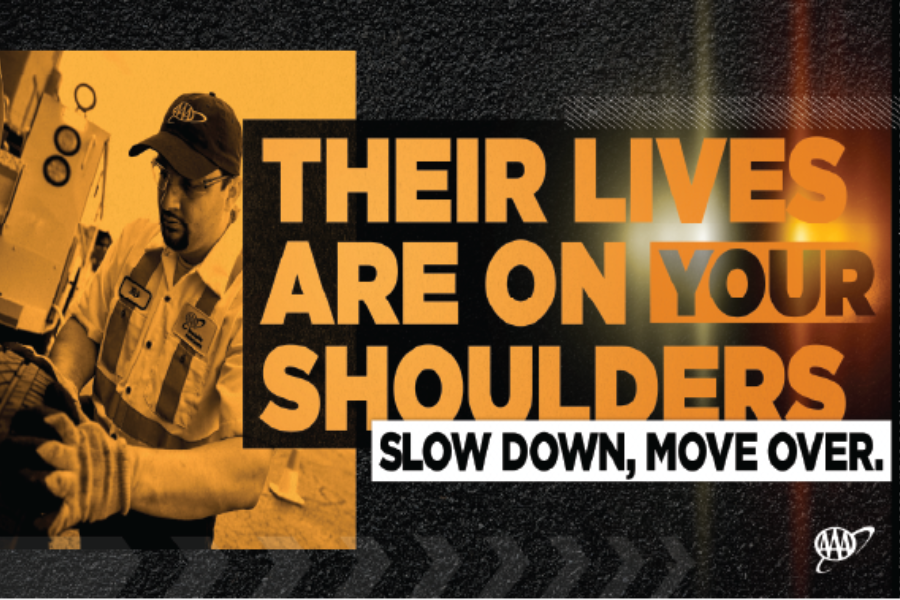Risky Business – More than Half of All Drivers Engage in Dangerous Behavior

A new report by the AAA Foundation for Traffic Safety identifies six types of drivers by analyzing risky driving behaviors. The most common dangerous behaviors were speeding, distracted driving, and aggressive driving. The annual Traffic Safety Culture Index survey developed these six driver profiles by examining patterns of self-reported risky driving behaviors among a large group of drivers. Only 4 in 10 surveyed fall into the “Safe Drivers” category.
"Despite acknowledging the dangers, some drivers continue to engage in potentially deadly behaviors, particularly speeding," said Dr. David Yang, AAA Foundation for Traffic Safety President and Executive Director. "Understanding the different types of risky driving behaviors and the characteristics of drivers who engage in them is crucial for developing targeted interventions to achieve safe mobility."
As daily driving patterns and traffic volumes rebound from pandemic lows, traffic fatalities remain alarmingly high. Evidence points to fewer traffic stops, while fatal crashes involving risky behaviors like impaired driving and speeding remain an epidemic on our roadways.
Two years after the COVID-19 pandemic dramatically altered American lifestyles, patterns of daily life are continuing to recover. Compared to 2020, both American’s daily driving patterns and the traffic volumes on major corridors increased in 2021 and remained at similar levels in 2022. However, there has been a corresponding trend in traffic fatalities.
Pedestrian fatalities in particular have skyrocketed in recent years. Unsafe driving behaviors, such as speeding, alcohol involvement, and non-use of a seatbelt, play a crucial role in traffic fatalities. As what the U.S. Secretary of Transportation has called the “national crises of traffic deaths” continues to affect an unacceptable number of Americans, it is imperative to develop efficient and effective countermeasures to prevent sudden and violent deaths both inside and outside vehicles and create an environment where all road users can move around safely.
According to the new Traffic Safety Culture Index report, fewer drivers perceive speeding as dangerous, and speeding behaviors have the lowest perceived social disapproval of all the examined unsafe driving behaviors. It is worth noting, however, that a motorist’s need for speed consistently fails to deliver shorter travel times. It would take driving 100 miles at 80 mph instead of 75 mph to shave just 5 minutes off a trip.
The six driver profiles identified by the latest Traffic Safety Culture Index are:
Safe Drivers (41.2%) - Few in this group reported engaging in any risky driving-related behaviors, and more women (57%) composed the Safe Drivers group.
Speeding Drivers (22.7%) - These drivers reported driving 15mph over the speed limit on freeways and/or 10mph over on residential streets but did not engage in most other dangerous behaviors.
Distracted and Aggressive Drivers (17.3%) – Reported distracted driving behaviors (texting while driving), speeding, and aggressive behaviors, such as red-light running and switching lanes quickly. Fewer drivers perceive speeding as a dangerous activity and the speeding behaviors have the lowest perceived social disapproval of all the examined unsafe driving behaviors.
Distracted Drivers (15.0%) – These drivers reported distracted driving behaviors such as reading text messages and texting while driving. Drivers predominantly agree that people important to them would disapprove of them engaging in distracted driving behaviors (87% to 95%, depending on the behavior).
Most Dangerous Drivers (2.4%) - While these drivers consisted of only a small percentage of the drivers, they pose a serious risk to themselves and other road users as they reported engaging in all risky driving-related behaviors.
Impaired Drivers (1.3%) - Most live in non-metropolitan areas. Interestingly, drivers with a 4-year college degree were far less likely to report driving while impaired. At the same time, the most “over-represented” group consisted of those with some college or an associate degree.
The survey asked drivers about their perceived level of danger for various driving behaviors. The majority of drivers perceived unsafe driving behaviors as very or extremely dangerous, and yet, as in past years, many admitted to doing these behaviors at least once in the previous 30 days.
With a steadfast commitment to examining traffic safety, the AAA Foundation for Traffic Safety has conducted its annual TSCI survey for over a decade. As traffic safety concerns have escalated, insights from the latest TSCI shed light on public perceptions, attitudes, and engagement in unsafe driving behaviors, offering valuable guidance for developing effective countermeasures.
For more information on this study, visit the AAA Foundation for Traffic Safety at AAAFoundation.org.





